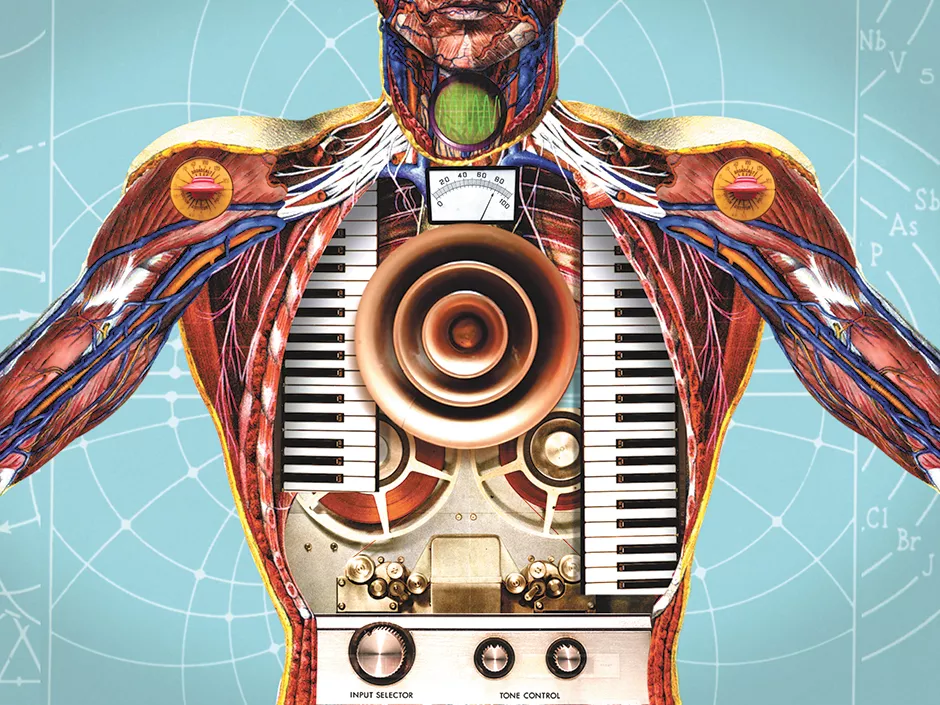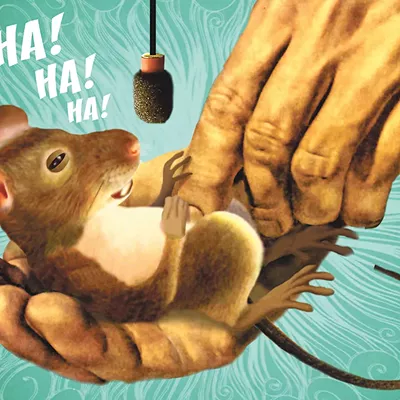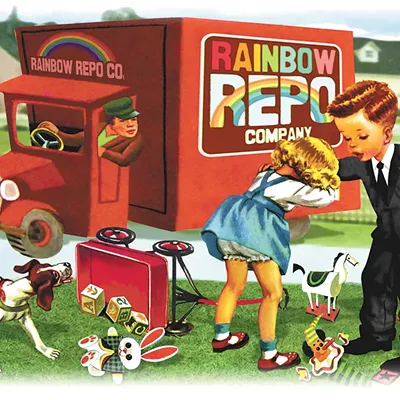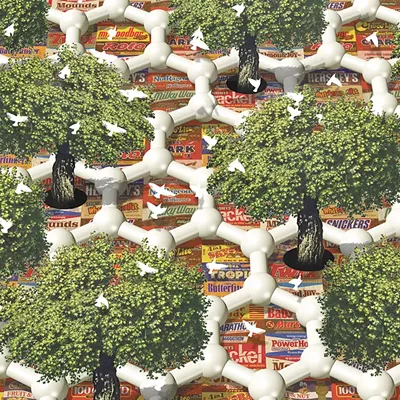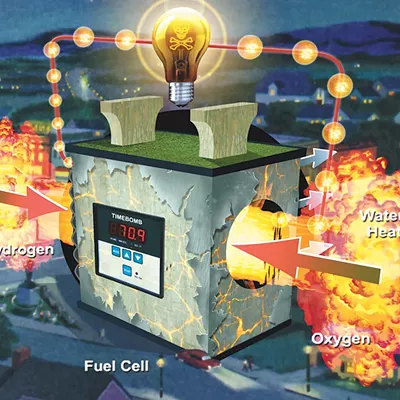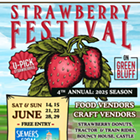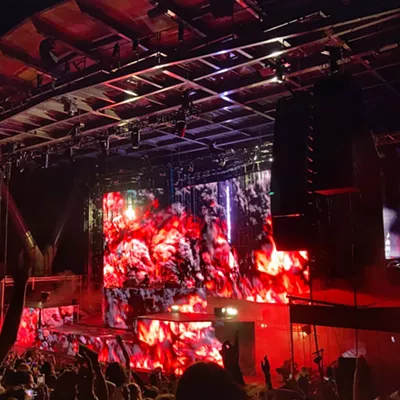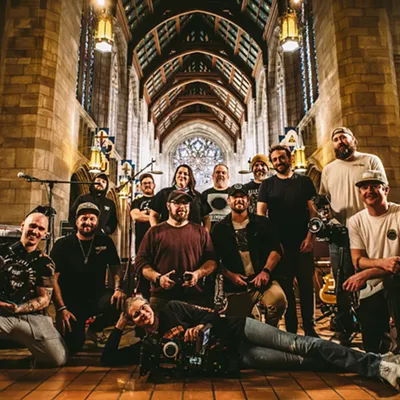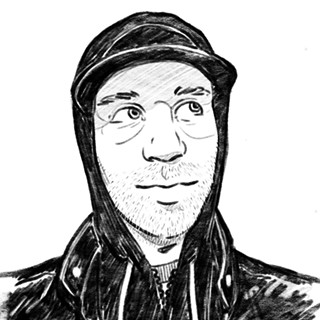If a tree falls in a forest and no one is around to hear it, does it make a sound? Yes. In fact, Eastern Washington University’s Jonathan Middleton used data and computer science to compose a full symphony about said tree.
In 2004, Middleton, the department chair and professor of theory and composition at EWU, and a team of the school’s undergraduate and graduate computer science students developed Musicalgorithms, a program that converts numbers in data sets into music in a process known as sonification. The software maps data to an instrumental range, like the piano, and cycles it so that users can observe the results aurally. Using data sets collected pertaining to redwood trees’ DNA, Middleton used Musicalgorithms to create an audio interpretation of the trees essence for his 2005 composition Redwood Symphony. But the software isn’t merely a tool to test Middleton’s personal musical proclivities.
Musicalgorithms has three primary goals: To be a tool that opens up new environments to composers, to help EWU students draw interdisciplinary connections, and to let scientists experience their data through sound. The software isn’t the only name in the sonification game. But what sets Musicalgorithms apart is its accessibility and simplicity. The original version software can be accessed for public use at musicalgorithms.ewu.edu.
“I wasn’t satisfied that the tools to do algorithmic composition that were available on the market were satisfactory for composers who didn’t have computer science training,“ says Middleton. “So I decided to make something that was user-friendly. I kind of felt what I was doing was pretty basic from other people’s perspectives, but I learned that within the computer science world, making software user-friendly is actually a goal. So I inadvertently found myself doing something that actually was viewed as being meaningful, not just for me but for other people.”
The music created by sonification programs isn’t necessarily tuneful. It often sounds like a scattered series of random notes, but in the hands of pros like Middleton, they can become interesting modern compositions.
“A lot of my sequences,” says Neil Sloane, a New Jersey-based researcher, who created a similar program, “when you play them, sound like contemporary music. It’s not exactly Philip Glass, but minimalist compositions.”
There’s also a push to move the software in a direction that creates results that sound more immediately musical to the untrained ear. Last year Middleton, his close collaborator and EWU computer science professor Steve Simmons and students developed a second version of Musicalgorithms that can map two sets of numbers into two different voices and allow users to choose a playback style (jazz, blues, etc.) — enabling more dynamic works that inch closer to making chords out of data.
While it’s fascinating to hear the Fibonacci sequence or boreal toad DNA form the core of a symphonic work, Musicalgorithms’ real future appears to be in hard scientific research. It offers scientists a way to experience their data outside of traditional charts.
“I think where this project is headed now, the really exciting thing about it, is it’s gonna be able to find patterns where nobody has found them before,” says Simmons. “Today’s data is so big and horrifyingly complex. Patterns are there and if you know how to find them, you might be able to answer some very big mysteries in biology and medicine.”
While the sonification work done with Musicalgorithms has yet to yield any major breakthroughs, many scientists believe this new method of interpreting data has significant potential. Middleton has worked with people like Taneli Hautaniemi, a neurobiology Ph.D. student at the University of Eastern Finland, who uses the software to find patterns in his migraine pain research. Chris McIntosh, a professor in the Department of Agricultural Economics and Rural Sociology at the University of Idaho, is using the software to determine whether sonification of regression residuals — how much predicted data differs from found observed data — produces identifiable patterns for his work as an econometrician.
Forrest Mims, an amateur scientist and electronics author who has worked on atmospheric data projects for NASA, also has been using Musicalgorithms. Not only does it improve his research, but also makes it more accessible to the public, as he found when putting together a recent proposal for National Geographic to do a one-year ultraviolet study. “It was all very formal,” says Mims, “and then it occurred to me — good grief — the most obvious thing you have to do with this proposal is add a way of bringing that study to life with sound.”
Middleton himself has received a grant to travel to Europe this summer to work with an Oxford professor who is attempting to find patterns in the way proteins and protein folds behave. Last week, he premiered sonifications based on Pascal’s triangle and his own proteomics work at Lower Columbia College. It’s all part of his push to bridge the gap between the musical and scientific community in an effort to produce meaningful new works in both fields.
Every year, we see more and more scientific breakthroughs. It’s high time we started hearing them too.

